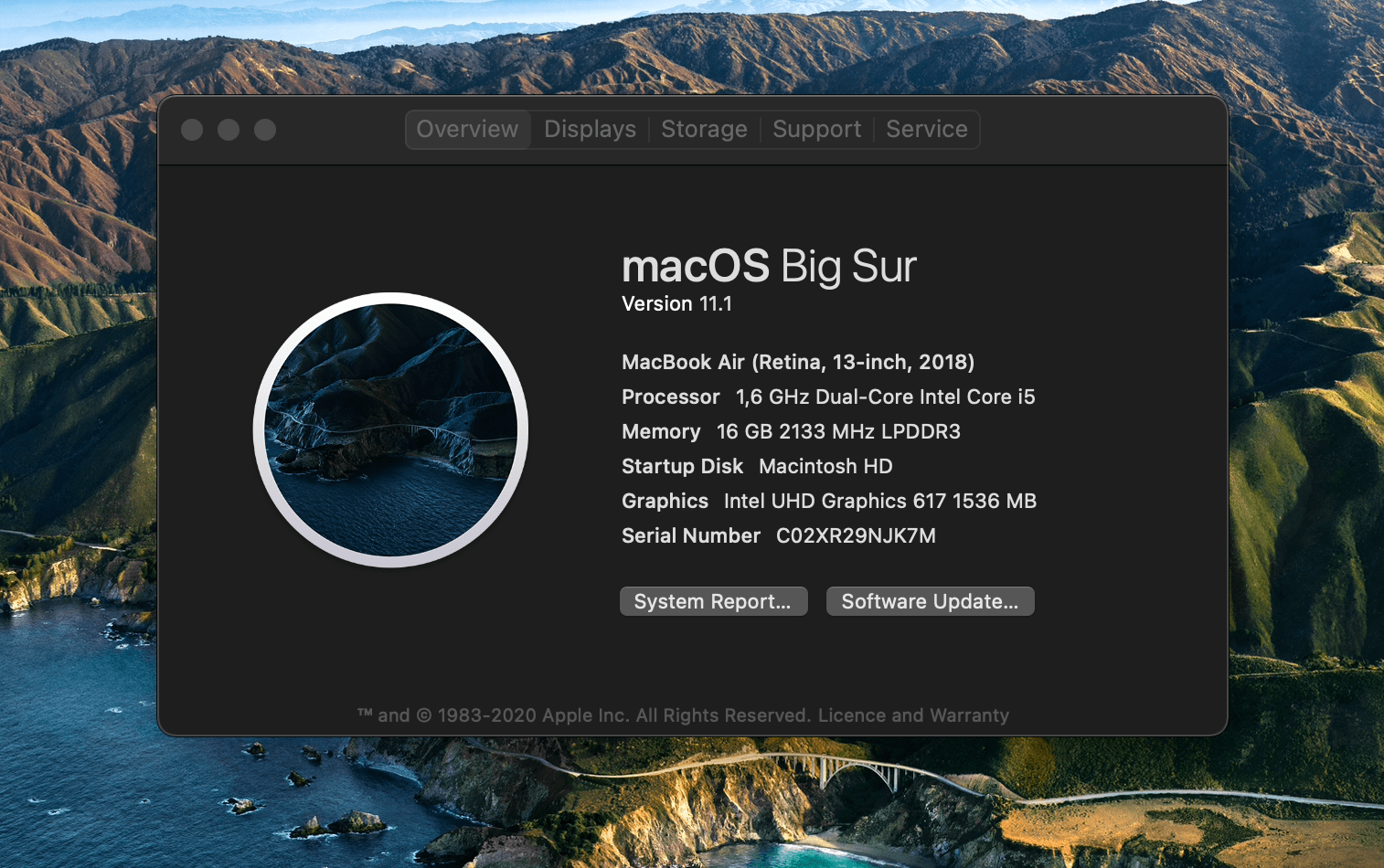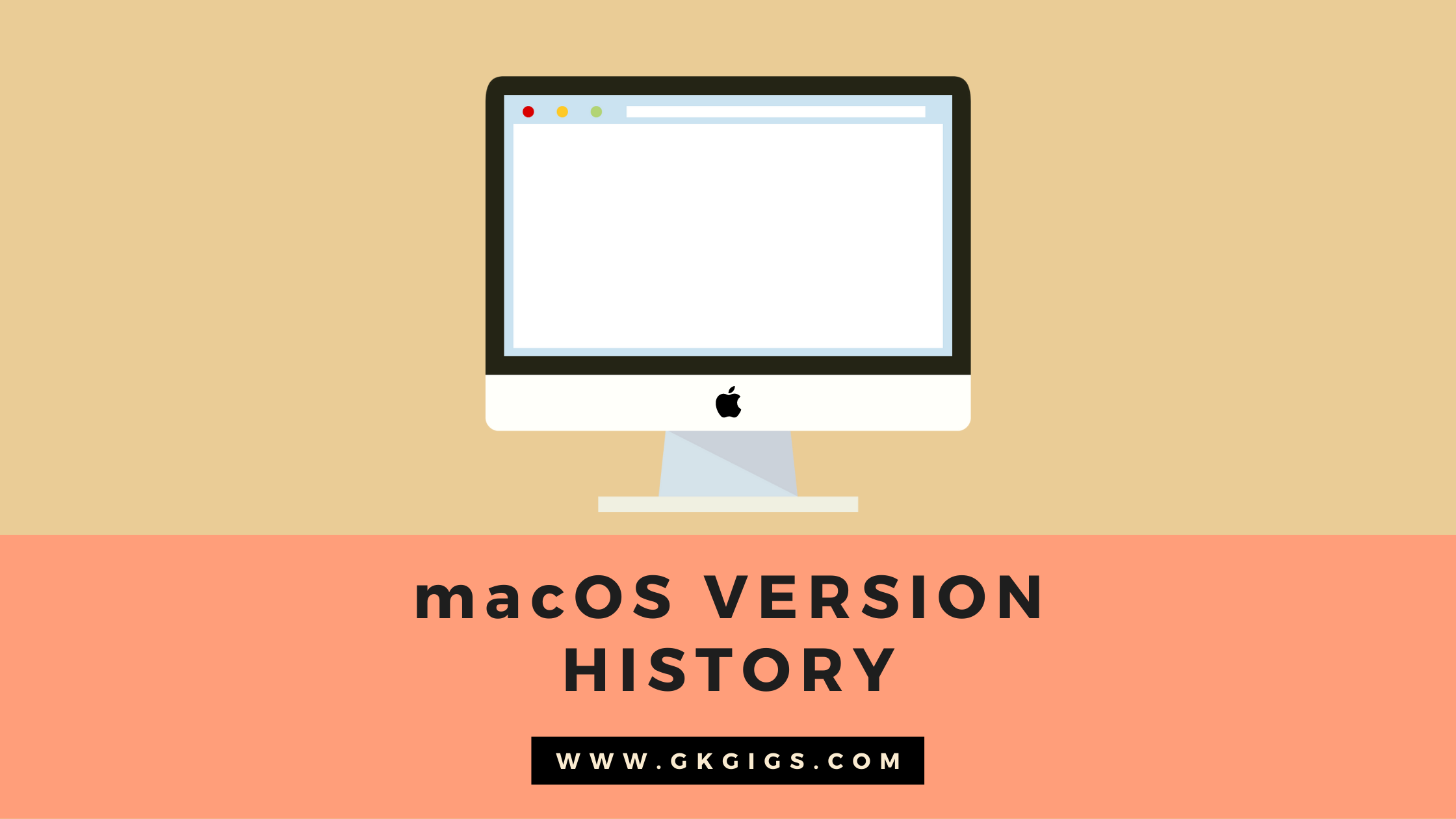

- #All macos versions in order mac os x#
- #All macos versions in order upgrade#
- #All macos versions in order software#
- #All macos versions in order code#
The other half of the information you need is something which Apple paradoxically doesn’t provide, a list of current firmware versions by model. Of course that only tells you what version is installed, and not what it should be.
#All macos versions in order software#
Collect all other software topics we here for you.Is your Mac’s firmware up to date? It’s simple to check: use the About This Mac command in the Apple menu, click on System Report… and, in System Information, read what it reports for System Firmware Version (in the Hardware Overview). You can find even more tips and tricks for Apple's macOS with this link. You can find an overview of the latest version number for the respective macOS generations in the Apple support area. For Mojave, for example, in the form of 10.14. In the version number, these are usually noticeable as the third digit.
#All macos versions in order upgrade#
With the Big Sur predecessor Catalina, for example, Apple released seven such updates, so the latest version has the version number 10.15.7 exhibitedĮven if your Mac has already been kicked out of the normal upgrade program for the major macOS versions, Apple often releases important security updates for older editions of the system, which you should of course install. This determines the smaller security and feature updates within a macOS generation. While the first two digits in the system naming scheme determine the "big" system versions and the names associated with them, the version check is certainly the third digit noticed. Here is an overview of the macOS version from 11.0 to 10.0: Ergo, Big Sur has the version number 11.0.


The (status of this tuto) current Big Sur macOS was such a big leap for Apple that the version number changed from 20 to 10 after almost 11 years - that should be mainly due to the new ones ARM Macs lie.
#All macos versions in order mac os x#
With the 2016 update 10.12 Sierra, Apple renamed the system from Mac OS X to the shorter macOS, bringing the naming closer to iOS, tvOS and WatchOS.
#All macos versions in order code#
Since then, almost every year has brought a new version, each with a new code name, so something like Mac OS X 10.5 Leopard (2007) or Mac OS X 10.10 Yosemite in 2014. Until the 2019 update Catalina If you had macOS (known as Mac OS X until 2016), Apple used the version number 10.XX, starting with Mac OS X Cheetah in 2001. Apple's system naming scheme explainedĪpple usually releases a major update for macOS once a year. With this command, the terminal spits out the internal version numbers of macOS. The system now displays the most important data, but does without the code name of macOS (i.e. To do this, open the terminal via the Spotlight search or the program list and enter the following command: If you prefer to check the macOS version via the terminal instead of the graphical Bohei, that is of course also possible. The good old Command line their large fan community in the form of the terminal. Determine macOS version number via the terminal In current versions of the system you will also find the point here software update, with which you can import newer versions of the Mac system if necessary. Here you can see the currently installed macOS version in large letters, including the code name and version number. With "About This Mac" you can find out the installed macOS version in no time at all. Click on this and choose About this Macto access the system information. The quickest and most direct way to determine the installed macOS version is via the Apple menu in the menu bar.

So if you're ever asked whether you've already switched to Big Sur or are still staying with Catalina, you can easily find out. The classic Mac heads probably know blindly which macOS version is running on their iMacs, MacBooks and Co., but not everyone is so deeply rooted in the matter. Today Big Sur, High Sierra, El Capitan, formerly Mountain Lion, Leopard or Lion: Whether wildcats or landscape features, Apple usually follows a strategy when naming its operating system versions.


 0 kommentar(er)
0 kommentar(er)
